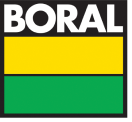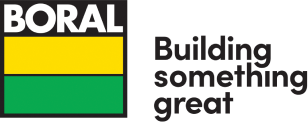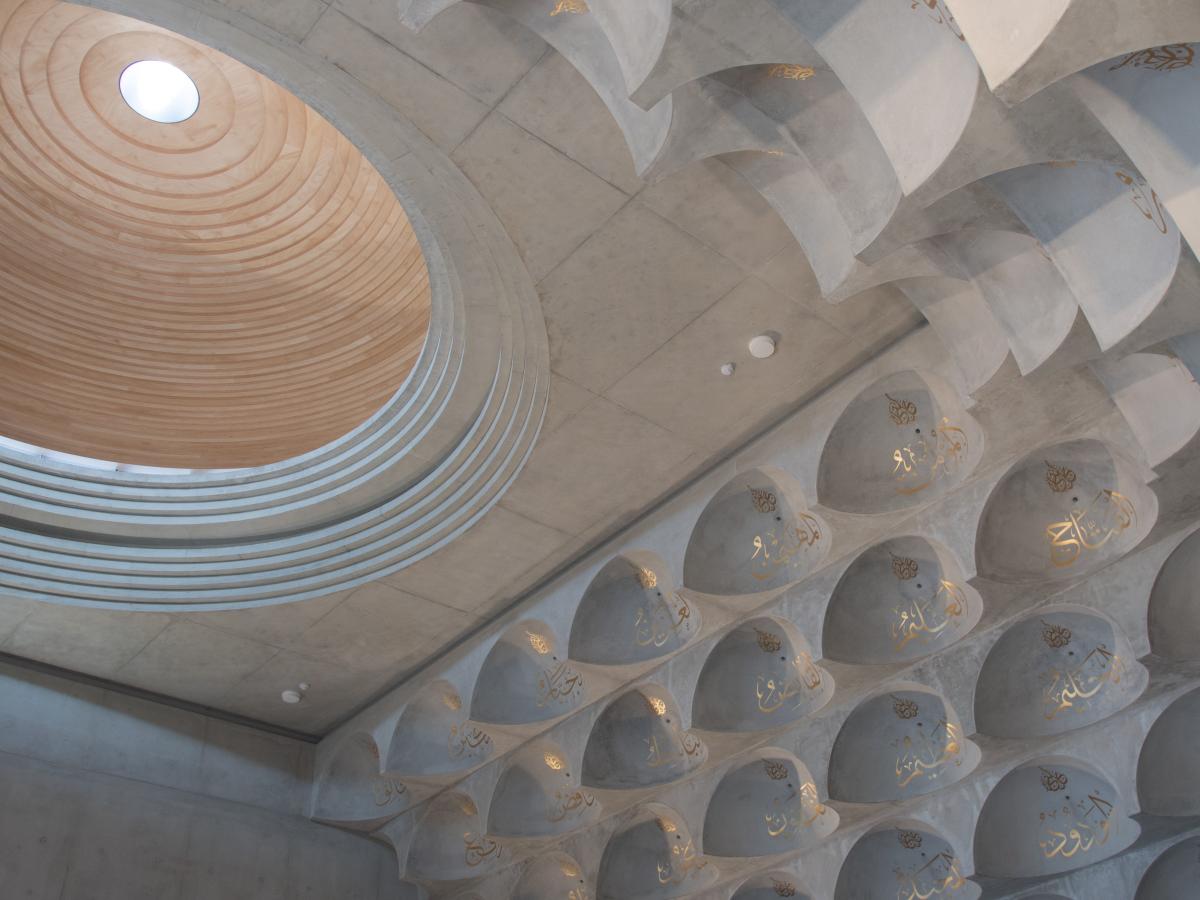As the construction industry faces increasing pressure to reduce its environmental footprint, sustainable concrete has emerged as a key solution in the global effort to decarbonise infrastructure. But what exactly is it, and how does it differ from traditional concrete?
Understanding Sustainable Concrete
Sustainable concrete, or eco-concrete, refers to low carbon concrete products designed to lower the environmental impact of construction by reducing the carbon emissions associated with its production. Traditional concrete is one of the most widely used building materials in the world, but it comes with a heavy carbon cost: the production of Portland cement, a key ingredient, is responsible for approximately 8% of global CO₂ emissions.
Sustainable concrete addresses this challenge by incorporating alternative materials and innovative technologies that reduce embodied carbon without compromising performance.
How Does It Work?
The decarbonisation of concrete involves several strategies:
- Supplementary Cementitious Materials (SCMs): Materials like fly ash, slag, and silica fume are used to replace a portion of Portland cement. These industrial by-products not only reduce emissions but also enhance durability and long-term strength.
- Carbon Capture and Utilisation (CCU): Some advanced concrete technologies inject captured CO₂ into the mix, where it mineralises and becomes permanently embedded in the concrete matrix.
- Optimised Mix Design: By tailoring the proportions of aggregates, water, and binders, manufacturers can reduce the overall cement content while maintaining structural integrity.
- Recycled Aggregates: Using crushed concrete and other recycled materials reduces the need for virgin resources and lowers the carbon footprint of the final product.
Boral’s Role in Sustainable Concrete Innovation
Boral is at the forefront of this transformation with its range of low carbon concrete solutions. Products like ENVISIA® and ENVIROCRETE® are engineered to deliver high performance while significantly reducing embodied carbon. These mixes incorporate SCMs and are backed by Boral’s proprietary ZEP® technology, which enhances early strength and shrinkage control—two critical factors in modern construction.
Boral’s eco-concrete has already been used in major infrastructure and commercial projects across Australia, including Crown Sydney, the University of Tasmania, One Central Park and various high-rise developments. These applications demonstrate that sustainability and performance can go hand in hand.
Why It Matters
The shift to sustainable concrete is a modern necessity. As governments and industries set ambitious net-zero targets, the materials we build with must evolve. Choosing eco-concrete helps reduce greenhouse gas emissions, conserve natural resources, and support a circular economy.
For architects, engineers, and developers, adopting low carbon concrete is a practical step toward meeting green building certifications and environmental compliance standards.


